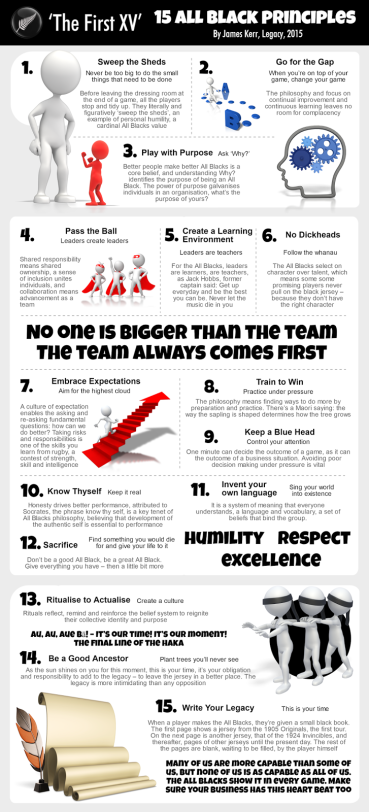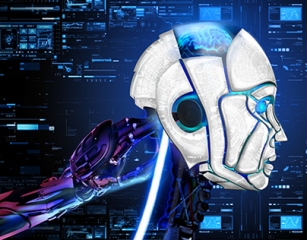The best Directors and Managers I have worked with have all been able to accept and leverage the role that time plays on individuals and teams. They are aware of the legacy they build upon and the legacy they leave.
Below describes a description of these people, all specialists in their field yet, now needing a generalist approach to build teams.

Legacy is about respecting the past, acting in the present and serving the future. It is about being a good ancestor, taking into account future generations, the environment and sustainability in the decisions you make and the actions you take. But it is also about being a good descendant too, learning from and building on what went before, avoiding the repetition of mistakes, enhancing the advances and innovations, preserving the stories and adding new pages to them. The legacy thinker is historian, playmaker, futurist. [Source]
The above had me reflecting about how well the Safety function acts in the face of being part of an existing legacy and yet looking to build on this, in often diverging tangents. How often do we acknowledge where we have come from, the influence we provided and the effect of sunk costs on our futures?
Over the years I’ve refined the principles of which I try to work by, one major tennent being “Strong views, weakly held”. This has helped me when required set aside views which were no longer helpful or I came across a differing view which added more value. With others, it’s a little more difficult when you ask people to leave behind the safety of the views that you advised them of, that they acted upon and that they achieved some measure of success. There is a trust issue here, especially dependent on others openness to change.
It’s never an easy conversation pulling someone up when they promote a safety myth, like Heinrich’s triangle or that safety advisors keep worksites safe etc. Yet it is a necessary conversation and quite often followed by “I wish you safety people would make your mind up and stick with something”. People like bumper stickers and folly to those who take them away, even if a replacement is offered.
So where do things like exponential change fit within Safety and what even constitutes an exponential change? Will BIM or AR or VR bring 10x change? I don’t believe there are any hard and fast rules here other than change which is material to the specific organisation in question. Organisations should be setting their risk and opportunity tolerances yet often we see little investment in true legacy making a change.
For instance, courtesy of Peter Diamandis ask yourself;
Where in your organisation do you allow crazy ideas to be funded and attempted? If that doesn’t exist, have you committed yourself to only pursuing incremental improvement? Or do you plan to buy your innovation from the outside world?
What do you believe in strongly enough that you will dedicate a decade to its pursuit, and be able to withstand 150 ‘no’s’?

I think people in the safety field need to be futurists and looking for opportunities that decrease risk exposure by 10x by either lowering severity or reducing exposure (lowering the number of people in an organisation). This may fly in the ideologies of other areas but automation, 3d printing, AI, machine learning and IoT will be the real levers in my industry by reducing people exposed to harmful environments. We just may need current theoretical concepts put in place like universal basic income when we get there.
What legacy are you leaving?